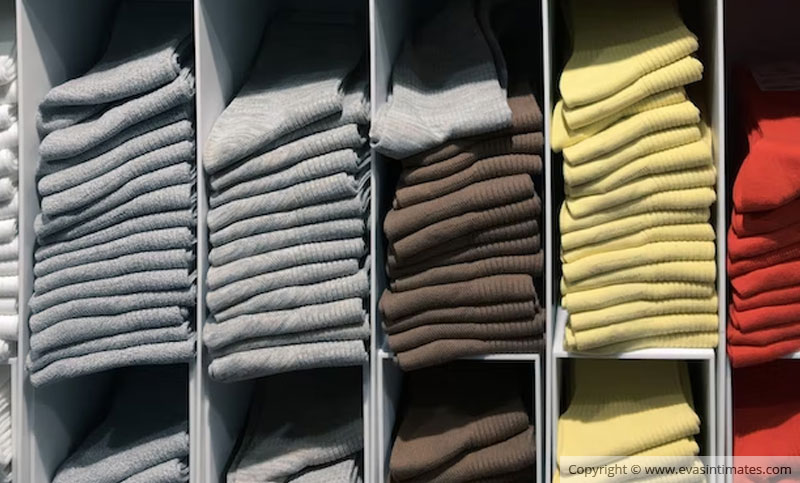Choosing the best fabrics for diabetic socks

Diabetes often lead to poor circulation in the feet which can lead to swelling, pain and a greater risk of developing infections. To help reduce these risks, it's important to wear diabetic socks that are specifically designed with materials to help improve circulation, absorb sweat, and keep your feet dry and comfortable.
Here are some of the best fabrics for diabetic socks:
Merino Wool (or Lambswool)
Merino wool is one of the most popular fabrics used in diabetic socks because it is lightweight, breathable and provides excellent moisture management. It has natural anti-bacterial properties which make it an ideal choice for people with diabetes who may be more prone to bacterial or fungal infections of the feet.
Merino wool is also highly durable and will last longer than other types of fabric.
Cotton
Cotton is another great fabric for diabetic socks as it is soft on the skin, absorbs sweat well and helps regulate temperature. Cotton also offers good breathability so your feet won’t get too hot or cold during the day.
However, cotton does not have any anti-bacterial properties which means it may need to be replaced more often than merino wool if you are prone to infections of the feet.
Nylon & Spandex
Nylon and spandex are both synthetic fabrics that offer excellent stretchability while still being light and breathable. Nylon is strong yet lightweight while spandex offers maximum stretchability without losing shape or support over time.
Both materials work together to provide extra cushioning around sensitive areas without compromising on durability or comfort.
Which fabric should you choose?
If unsure, choose cotton.When choosing diabetic socks, it’s important to consider what type of fabric will best suit your needs. Merino wool is one of the best choices due to its natural anti-bacterial properties and excellent moisture management capabilities, while cotton is a softer option that works well for people who are prone to blisters or soreness from friction between their skin and their sock material. Keep in mind that the size of seams matter too, with seamless or "flat seam" being the most comfortable.